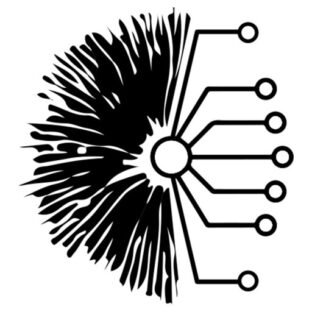
Lab
EquipmentsSpores and mushrooms
Microscopic research purposes only
As the reproductive cells of mushrooms and other fungi, spores are closely related to mushrooms. Let’s learn more about mushrooms and spores:
Spores:
Mushrooms and other fungus create small, single-celled reproductive structures called spores.
They act as a mode of dissemination and reproduction for fungi and are comparable to seeds in plants.
Because of their extreme adaptability, fungi may persist in a wide range of habitats until the right conditions are present for germination.
Large amounts of spores are often created and discharged into the atmosphere or other suitable environments.
Spores from various fungus differ in shape, color, and surface traits that make it easier to distinguish between them.
Mushrooms:
The fruiting bodies of some fungi are known as mushrooms, and they act as the reproductive organs via which fungus spread their spores.
A mushroom’s pileus (or cap), stipe (or stalk), and gills (or pores) beneath the cap make up its visible portion.
The gills or pores are where the spores are created and discharged, while the cap shields the mushroom’s spore-producing surface.
Mushrooms exist in a variety of forms, measurements, hues, and textures. They can be found in a variety of settings, including as meadows, woodlands, and even decomposing debris.
While certain mushrooms have medical qualities, edible mushrooms are prized for their culinary applications. But it’s crucial to remember that some mushrooms are dangerous and can make you sick or even kill you if you eat them.
Cycle of Life:
A mushroom’s life cycle includes the creation and spread of spores:
When the environment is right, mushrooms release spores from their pores or gills. The spores are dispersed by the wind, the water, or some other method.
Germination: If the spores fall into a favorable environment, they may germinate and grow into hyphae, which are thread-like structures.
Hyphae develop and branch out to form a network known as mycelium. The mycelium takes nutrients from the environment and consumes them.
Fruiting Body Formation: In certain circumstances, the mycelium creates specialized structures, like mushrooms, which protrude above the ground.
Producing spores via meiosis are the gills or holes on the bottom of the mushroom cap.
The adult mushroom releases spores, repeating the life cycle. Spore Dispersal and Repetition.
Overall, spores and mushrooms are essential components of the life cycle of fungi because spores allow for the distribution and reproduction of these amazing creatures.
